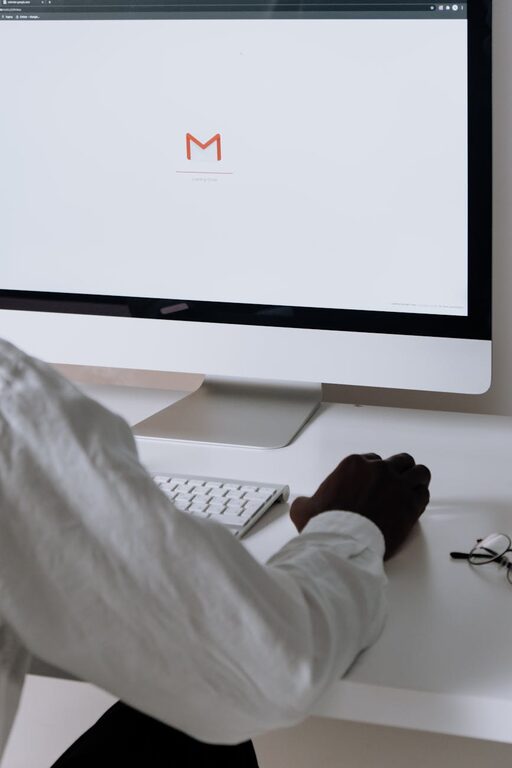Managing email can feel overwhelming, especially as messages pile up daily. A cluttered inbox not only wastes time but can also increase stress. The good news is, with a few simple habits and tools, you can keep your emails under control and enjoy a more organized, efficient workflow. This post will guide you through practical steps to maintain a clean and manageable inbox.
Why Keeping Email Under Control Matters
Email remains a crucial communication tool in both personal and professional settings. However, constant notifications and many unread messages can distract you from important tasks. When your inbox is well-managed:
– You respond promptly to important emails
– You avoid missing deadlines or key information
– You save time scrolling through unnecessary messages
– You reduce digital clutter and stress
Start With a Clean Slate: Organize Your Inbox
If your inbox is overflowing, first spend some time to declutter:
1. Unsubscribe from Unwanted Emails
Regularly review your subscriptions. Unsubscribe from newsletters and promotional emails you no longer find valuable. Most emails include an “unsubscribe” link at the bottom which you can use.
2. Delete or Archive Old Emails
Clear out emails older than a certain date (e.g., six months). Use bulk selection tools to delete or archive these messages. Archiving lets you keep emails for future reference without cluttering the inbox.
3. Create Folders or Labels
Organize your emails by categories like Work, Personal, Bills, or Projects using folders or labels. This helps you quickly find emails later and keeps related messages together.
Develop Daily Email Habits
Maintaining control requires a consistent routine. Consider the following habits:
1. Set Specific Times to Check Email
Avoid checking email constantly. Instead, allocate 2-3 set times during your day for processing emails — for example, mid-morning, after lunch, and late afternoon. This helps reduce distraction and keeps you focused on other tasks.
2. Use the Two-Minute Rule
When reading an email, if it can be answered or dealt with in two minutes or less, do it immediately. This prevents buildup of small tasks.
3. Prioritize Your Responses
Not all emails are equally important. Flag urgent emails that need attention and postpone less critical responses if needed.
4. Delete or Archive Promptly
Once you’ve read and acted on an email, either delete it or move it to an archive folder to keep your inbox clean.
Use Tools to Enhance Email Management
Several features and apps can help you stay organized and efficient with email.
1. Filters and Rules
Set up filters or rules to automatically sort incoming emails into folders. For example, newsletters can go straight to a “Promotions” folder, while emails from your manager go to “Priority.”
2. Email Templates
For emails you send often, use templates to save time. Most email platforms support creating reusable message templates.
3. Snooze and Reminders
Use snooze features to temporarily remove emails from your inbox and get reminders to handle them later.
4. Integration With Task Managers
Link your email with task management apps (like Todoist or Trello) to create tasks directly from emails.
Tips for Writing Better Emails to Reduce Backlog
Better email habits also include how you write emails to others:
– Be clear and concise to reduce back-and-forth messages
– Use descriptive subject lines so recipients know what to expect
– Limit the number of recipients to those who need to read the message
– Include action items or deadlines when appropriate
Final Thoughts: Keep It Simple and Consistent
The key to controlling your email lies in simplicity and consistency. Start small with these habits, then adjust as needed to find a system that works best for you. Remember, a tidy inbox supports productivity and peace of mind!
By taking control of your email management, you’ll regain time, reduce stress, and communicate more effectively every day.

